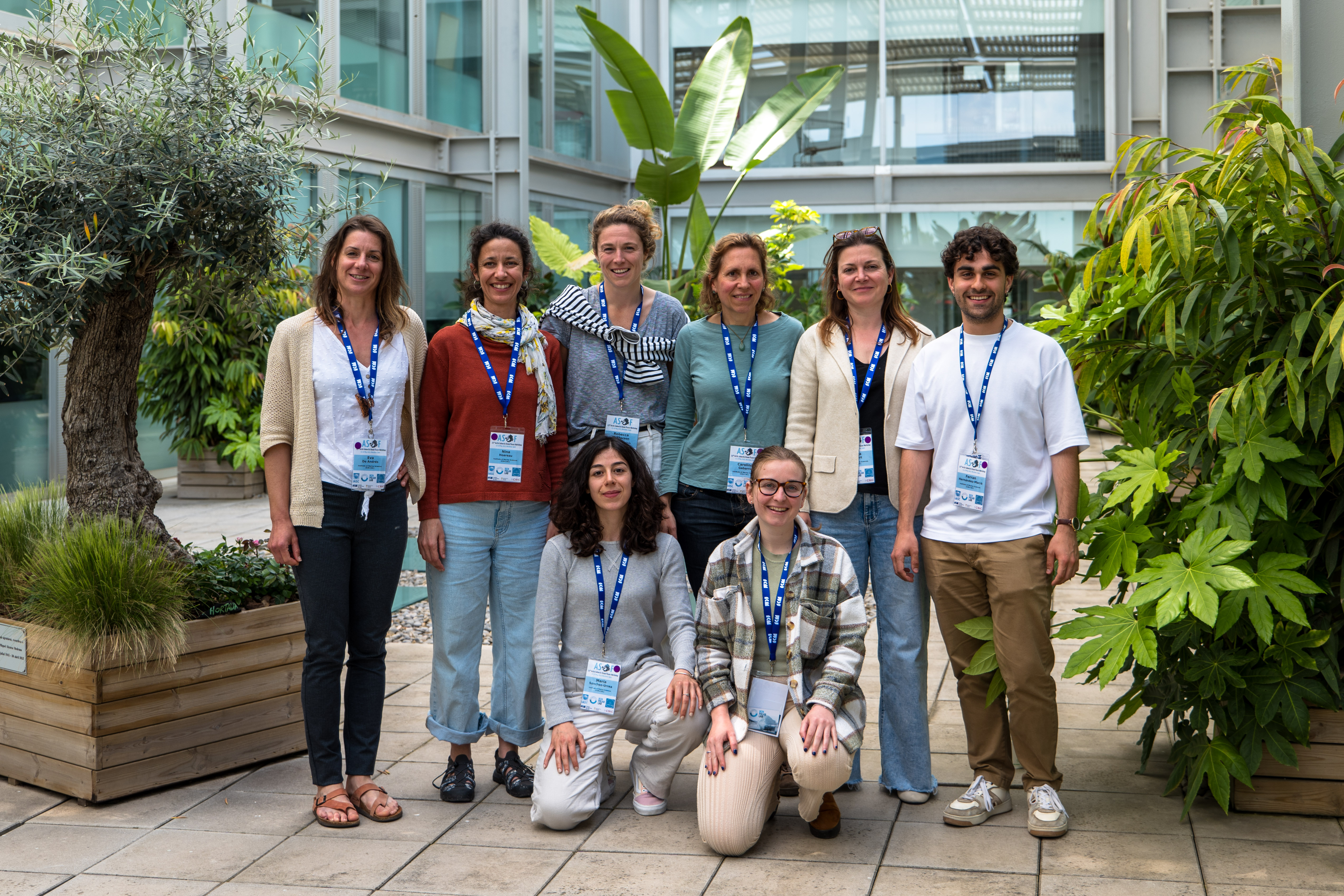
El Grup d’Oceanografia Polar i Estudis Criofèrics, també conegut com a Barcelona Polar Lab, és un grup de recerca de l’Institut de Ciències del Mar (ICM-CSIC) a Barcelona, dedicat a l’estudi de les regions polars.
La nostra recerca s’enfoca en els processos del gel marí, la dinàmica oceànica i els fluxos d’aigua dolça, mitjançant la combinació de dades satel·litals, observacions in situ i models numèrics. A través d’un enfocament que integra ciència i tecnologia capdavantera, investiguem com els canvis en les zones polars afecten la circulació oceànica, el balanç global d’aigua dolça i la dinàmica climàtica.
Som un equip multidisciplinari que aporta una àmplia experiència i col·labora activament amb investigadors d’arreu del món per avançar en el coneixement de les regions polars. A més, mantenim un fort compromís amb la formació i la divulgació científica, contribuint a apropar la recerca polar a la societat.
Visita la nostra web: polar.icm.csic.es